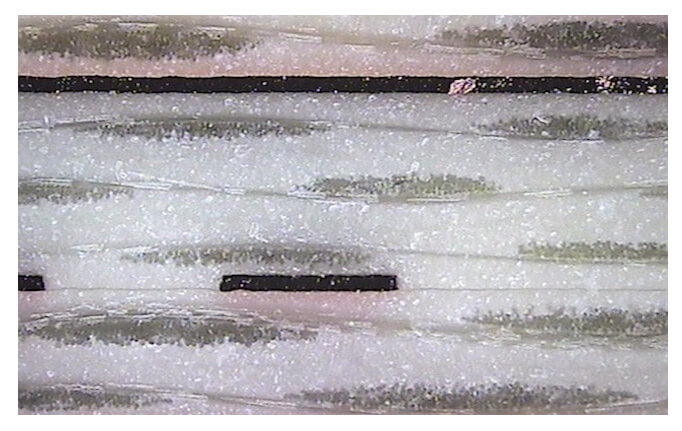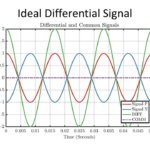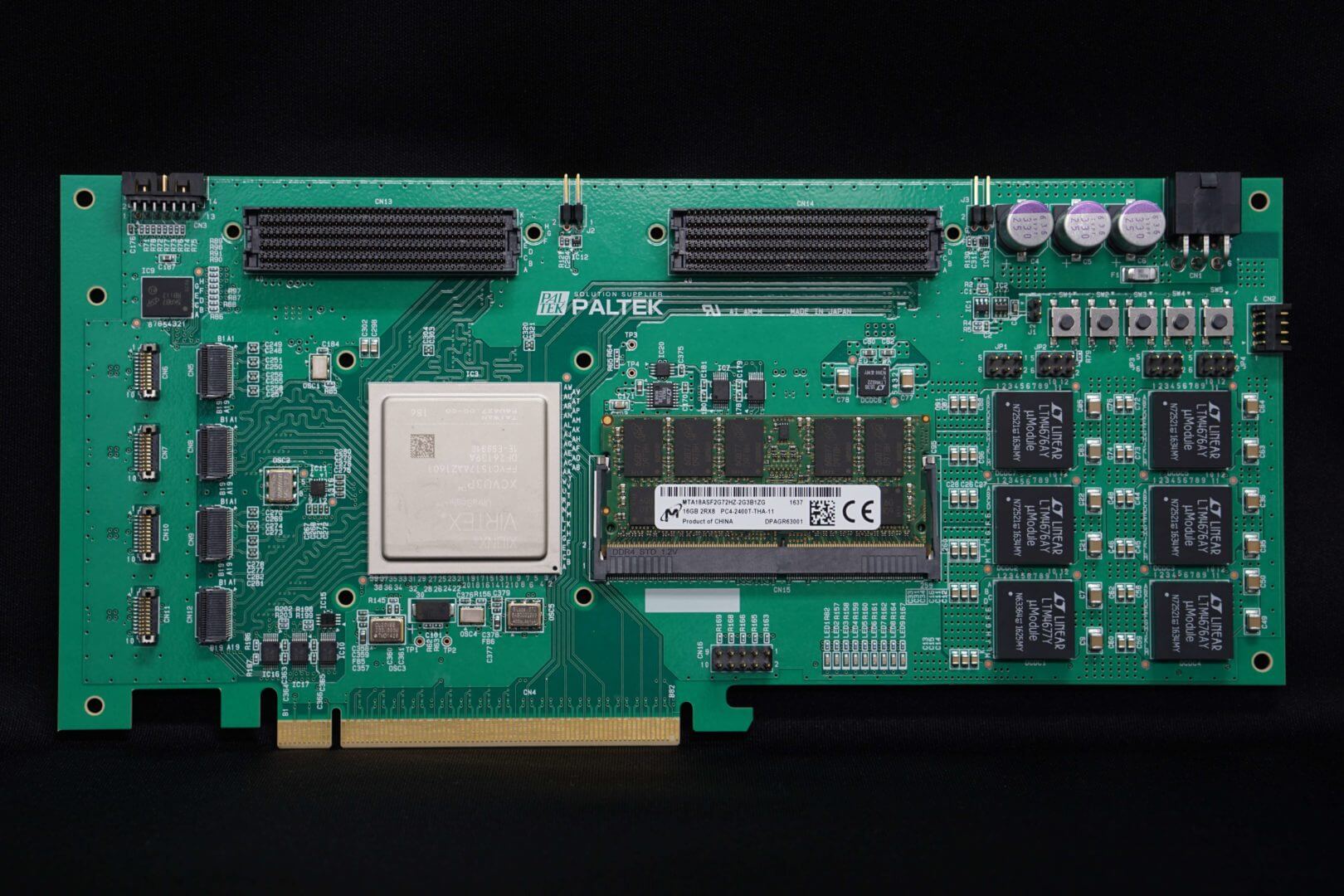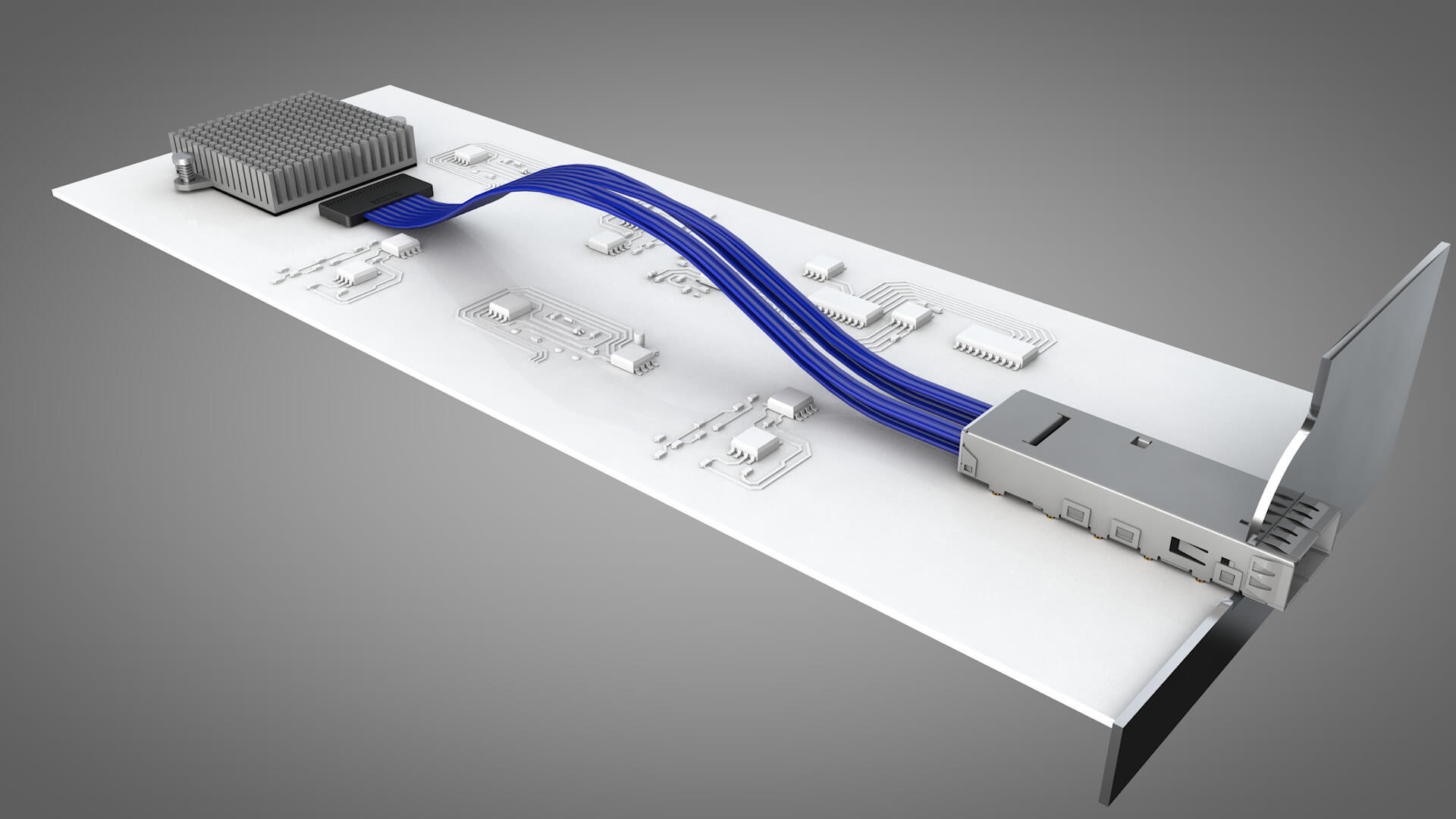Our friend Eric Bogatin wrote a paper for DesignCon 2017 entitled “New Characterization Technique for Glass-Weave Skew.” He wrote a summary article of the paper in Signal Integrity Journal.
Since many of our readers strive to optimize their signal transmission path, I thought it would be worthwhile to pass this on.
In Eric’s own words, here’s an overview of the article:

The glass weave skew effect, sometimes referred to as the fiber weave effect, is an increasingly important problem with ever higher data rate serial links. The problem is the additional time delay skew introduced on one line of a differential pair due to local variations in the Dk. This causes a collapse of the eye from the increasing loss of the differential signal with frequency and the creation of a common signal which may introduce additional problems. The impact becomes larger with higher data rates. (The image above is a cross section of a board showing the glass fiber bundles of comparable size to the 8 mils wide signal line.)
Because of its statistical nature, predicting this problem is difficult and testing for its root cause is often ambiguous. While there are a number of mitigation techniques, they each carry a cost burden. Determining which method has the best cost-performance trade-off requires measuring the magnitude of the problem and the benefit of each solution.
This article summarizes a technique developed by my group at the University of Colorado, Boulder (CU), and introduced at DesignCon 2017 to measure the magnitude of the glass weave skew effect and an observation of an important hidden variable which might explain why there is so much confusion about this effect in the industry.
It’s worthwhile to checkout the entire article.
And since this is a Samtec blog, I feel compelled to tell you that our Flyover™ twinax cable system is one way to combat glass skew weave effect. Here’s some info about our QSFP Flyover system. If you want to learn more, contact the High Speed Cable Group at [email protected].


